Introduction:
AI has grown at an unimaginable pace, and its growth is accelerating so speedily that it will eventually influence every kind of business in a manner beyond thinking.
2024 will be a change year for AI, as tremendous development is in the pipeline for the spaces of automation, personalization, and ethical frameworks about AI.
Previewing Trends and Predictions Shaping the Future Role of AI:
1. AI in the Real World: From Smart Home to Driverless Cars
How is AI turning out to be a reality of day-to-day life from smart home systems, wearable technologies, and personal assistants?
What is happening with the emergent trend of self-driven vehicles on roads around the world, particularly on roads in urban cities?.
Explain how AI is transforming personalization of media, e-commerce, and content on the internet to give more services to the consumer.
2. Generative AI’s Leap: Beyond Text, Images, and Videos
This will further explain how interest in the creative work gets ignited through tools and its use in marketing, advertisement game design, virtual influencers, and much more.
It hosts “multi-modal” generative AI systems. It puts real-time generation of text, audio, videos, and data into the central framework to enable a rich experience by becoming constructed around them.
Outline commercialization of generative AI and rise of AI content creators, artists, and digital influencers.
3. Ai driven healthcare innovations
Predictive Diagnostics: How AI is working to predict diseases, particularly through medical imaging and genetic analysis, to identify early signs with accuracy.
Virtual Health Assistants: Explain how AI-based virtual assistants will support health monitoring, question patients, and provide mental health care.
Discuss how AI accelerates drug discovery, and how AI will seamlessly incorporate precision medicine in a standard treatment plan as that becomes tailored according to an individual’s genetic makeup.
At the same time with patient data increasing its dependency, arises a concern for privacy data as well as the bureaucratic complexities in regulating these entities.
4. The expansion of natural language and conversational ai
Advanced Chatbots and Virtual Assistants. Describe the latest breakthroughs made in NLP. Finally, conversational AI has really reached new dimensions of maturity, and interactions with any customer service, HR, or telemedicine are absolutely human-like.
NLP Applied to Business Applications. Talk about how the tools of NLP help businesses analyze what customers say, extract any insights from unstructured data, and generate content automatically.
Cross-language capacities: AI is expanding and can now understand and even generate across multiple languages breaking some those language barriers open doors towards global accessibility.
5. Ethical ai and responsibal ai development
Bias and Fairness: Next year will be much better designs for frameworks for fairness of the algorithms especially in high stake areas such as hiring and law enforcement lending.
Transparency and Explainability: Describe how new regulations and new technologies allow us to explain AI decisions to the user so she can see how AI came to its conclusions.
Privacy and Data Security: Talk about growing problems of data privacy and what is being done to ensure that individual data are secure, especially as those generative and predictive tools multiply.
6. Ai in cybersecurity: defence against evolving threats
AI-powered threat detection: Describe the role AI plays in real-time threat identification and response, putting companies and governments ahead of attacks.
Auto-incident response: Discuss how AI-based security mechanisms help automate response protocols with reduced damage and a lesser time to recover.
AI vs. AI Cyber Warfare: the new trend is where AI has been used in offensive cyber strategies; attackers use AI to generate more sophisticated cyber threats and an “AI vs. AI” environment prevails in the field of cybersecurity.
7. Ai powered robotics and industrial automation:
AI in the World of Manufacturing and Warehouse
AI-controlled robots- Increase productivity at manufacturing factories perform complex tasking precisely on time with minimum inefficiencies.
AI in supply Chain Management-how an Artificial Intelligence improvement has touched one’s daily supply Chain system, improved it step wise from an inventory stage for forecasting orders with reductions and response.
Future of Work: AI and Robotics: How it has been changing the face of the workforce, by automatically allowing for repetitive work, freeing humans to do more strategic and creative work.
9. Quantum AI: The Future of Computing Power
Introduce Quantum AI as the increasingly trendy subject where algorithms of AI come into conjunction with quantum computers, hence being a relatively fast solver of the most difficult problems which no longer allow solutions by means of classical computers.
Applications, perhaps including complex data analysis, materials science, or cryptography, and ways by which quantum AI will have an effect on creating innovative discoveries of drugs.
10. Future Predictions for AI:
The AI will get even more merged with daily life systems. More than that, almost every intelligent appliance will employ AI for utilizing insight of the users and automation. Convergence of AIoT: Explain how AI and IoT are intended to converge toward working together to achieve adaptive contexts by means of smart sensors.
Regulatory Developments: Take note of the growing emergent demand on the world map for regulating AI, which would also include expected reforms in principles to address ethics norms, openness, and transparency, respectively, as well as liabilities.
Conclusion: How Important AI Has Been Turning to Be for All Stakeholders in 2024 and Beyond.
Outline how AI can drastically change various industries and the sort of impact it may make in these sectors regarding efficacy, innovative inputs, and sustainability features.
Optimization of Energy Consumption: Describe how AI innovations enhance the optimization of energy usage in smart grids, buildings and factories that could eventually help in reducing carbon footprint and meeting sustainability goals.
Agriculture and Wildlife Conservation: Suggest the use of AI in precision agriculture and tracking of wildlife, better yields, less waste, and conservation of biodiversity.
Reflective: Reflecting on what is becoming more urgent; the urge to bring AI development in a responsible manner to an even stronger and more pervasive stage.

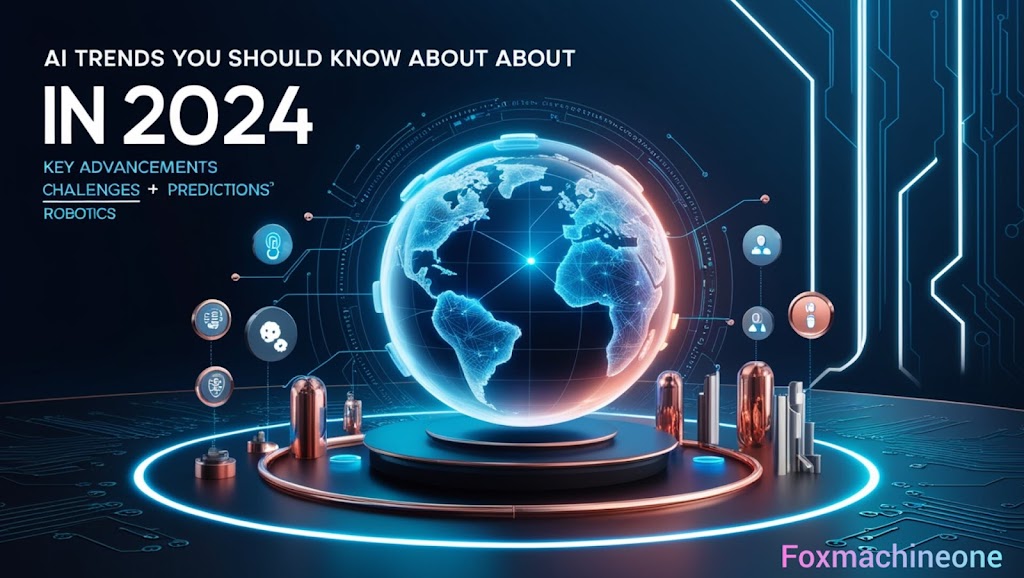
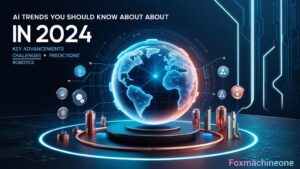



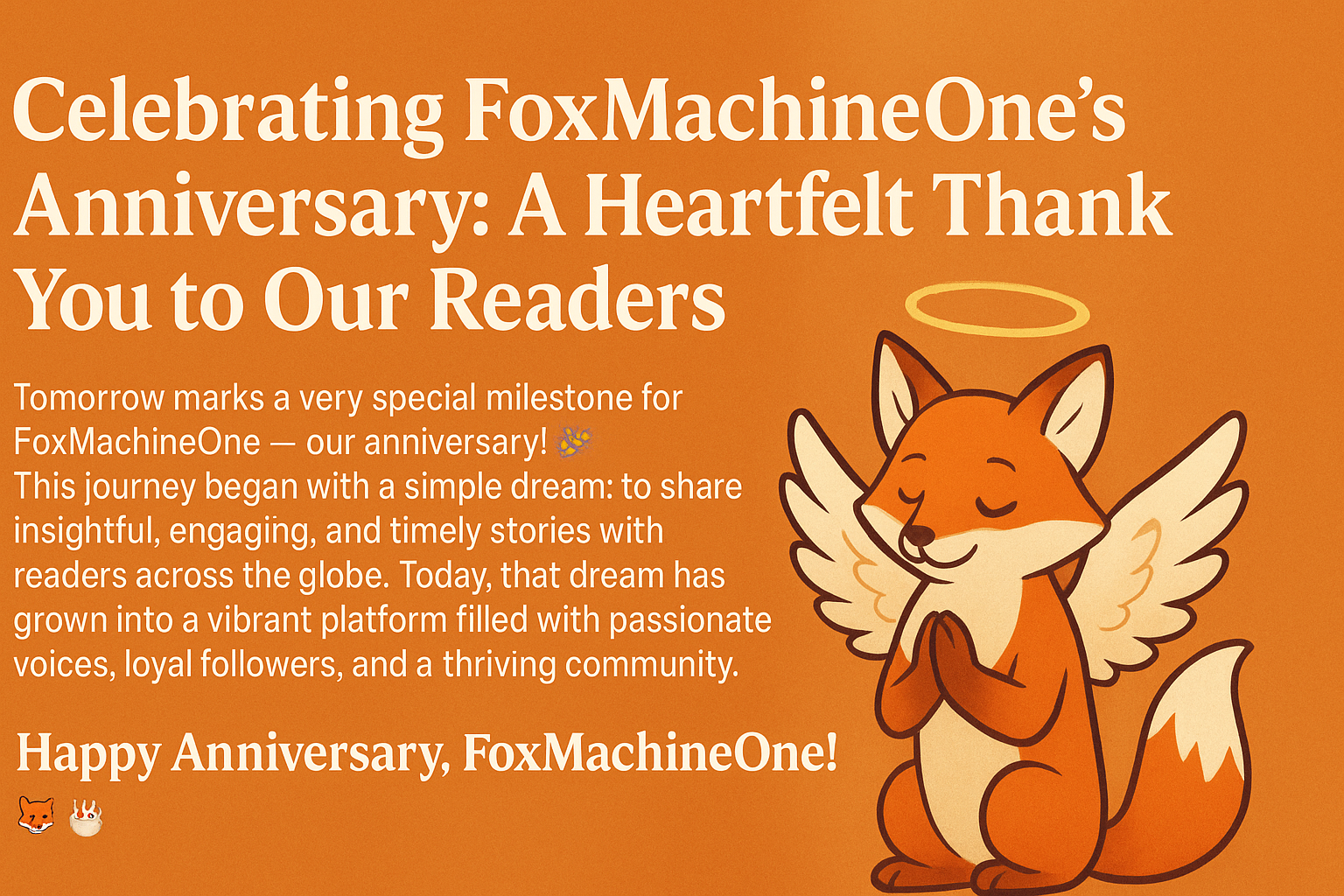
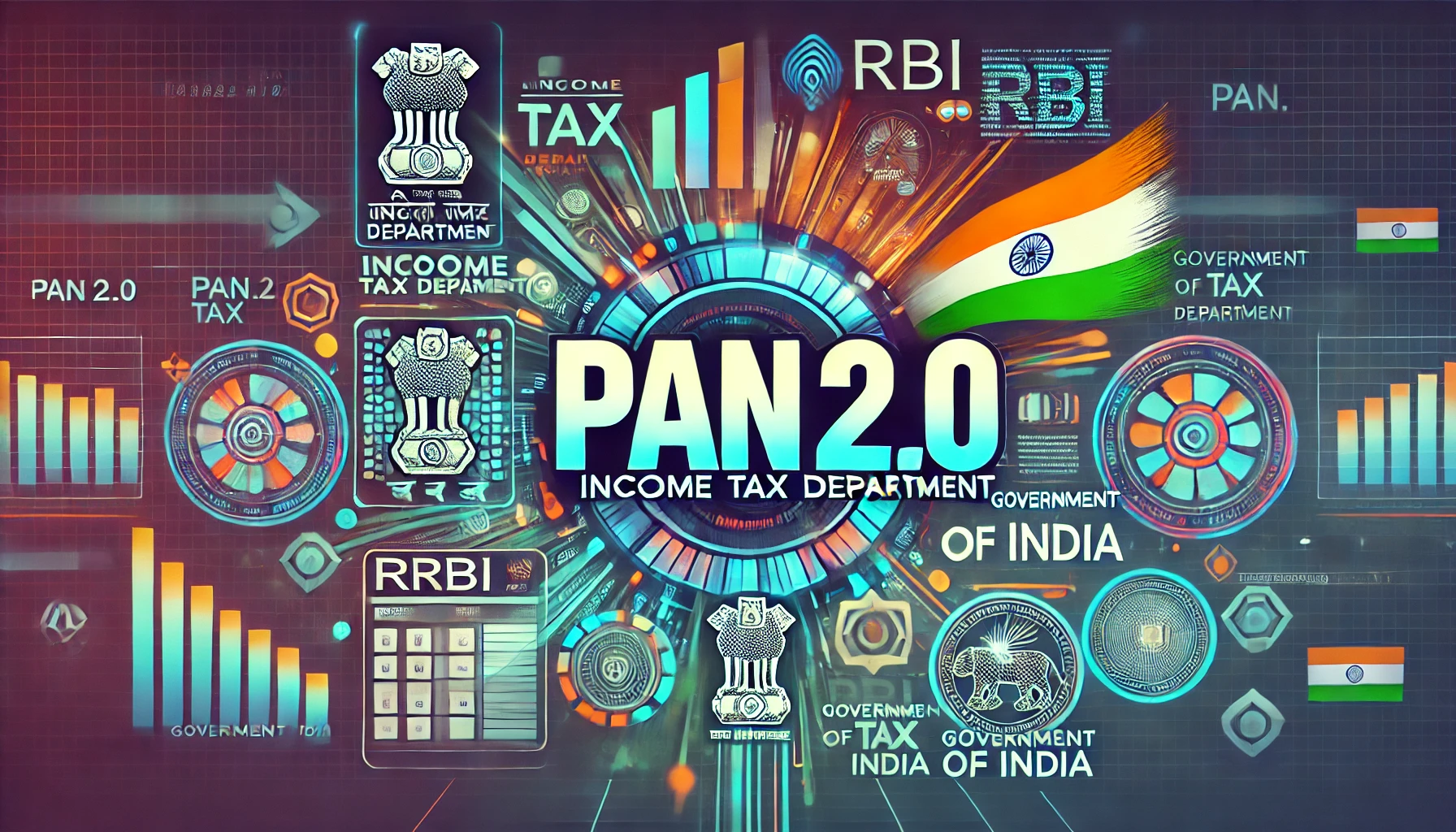



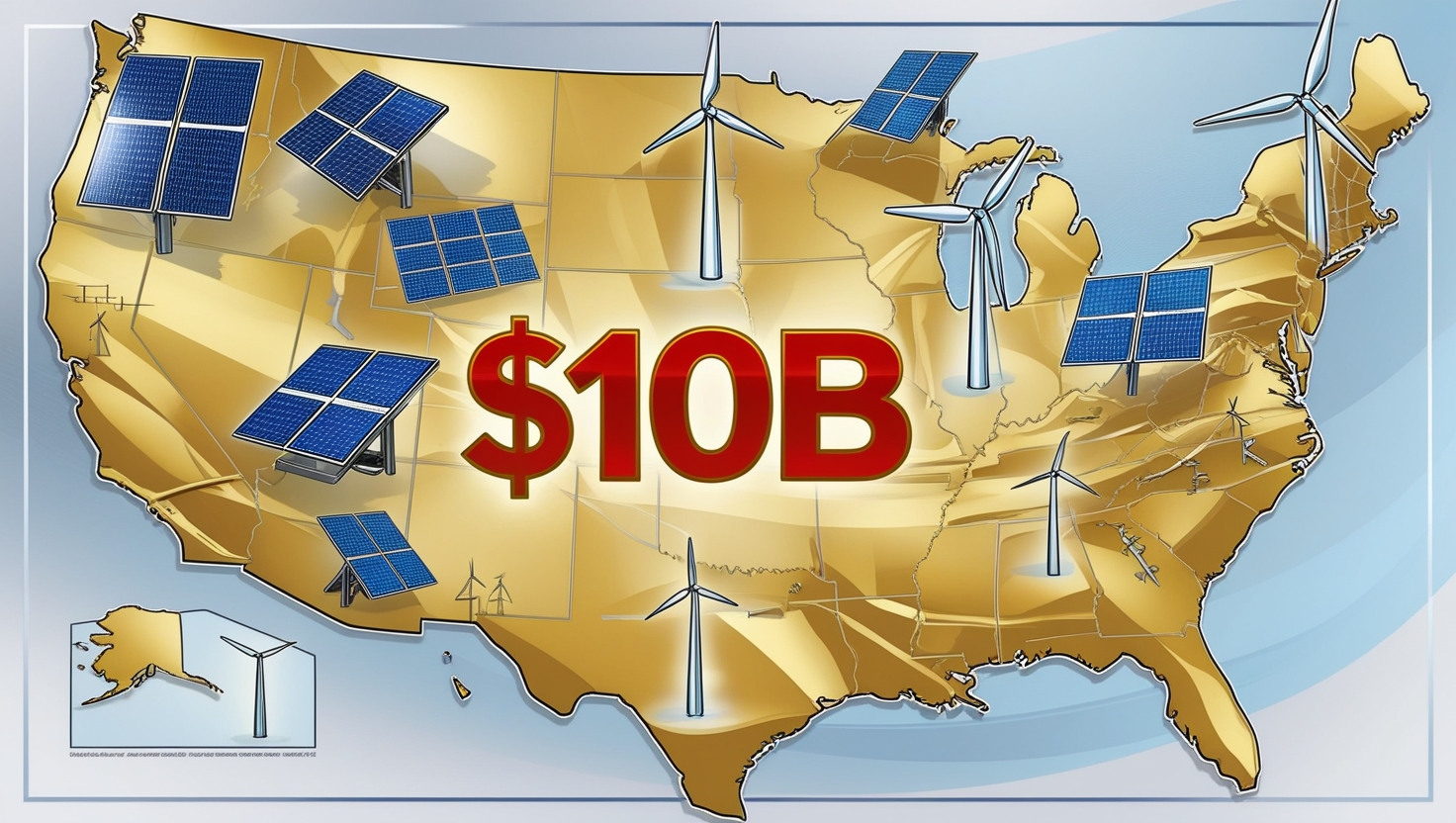
















Leave a Reply